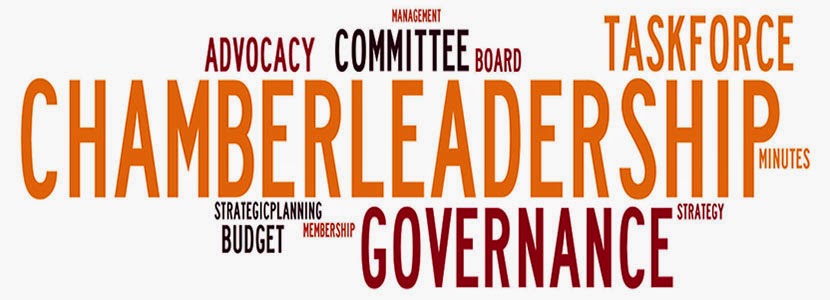I recently attended a conference that featured
Chris Brogan (top blogger) as a general session speaker on membership
activities and social media.
His statement, and the title of this blog post, is so
true. We must never let our members
think they're just another transaction.
Remember the previous post on membership equations,
especially the "Lifetime Value of a Member" blog post which can be found HERE.
That's why you build relationships and never
treat your members like a transaction.
You want members for twenty plus years, not two!
Think about the products you love and I bet you
feel as if you have a relationship with that product/company -- I do with Canon
cameras.
I'm getting that way with Apple products -- I haven't transitioned completely from the PC to the MAC, but it's just a matter of time, I know it. I currently go back and forth between the two.
I'm getting that way with Apple products -- I haven't transitioned completely from the PC to the MAC, but it's just a matter of time, I know it. I currently go back and forth between the two.
Why, because Apple builds a relationship with
you. They make you feel special. When I buy an Apple product, I feel like the
relationship is getting stronger, it’s not just another transaction.
If you're like me, you started with the shuffle,
moved on to the iPod, iTouch, iPad, iPad Mini, and let's not forget the iPhone
(multiple versions) we bought somewhere along the way.
That's a relationship, not a transaction!


